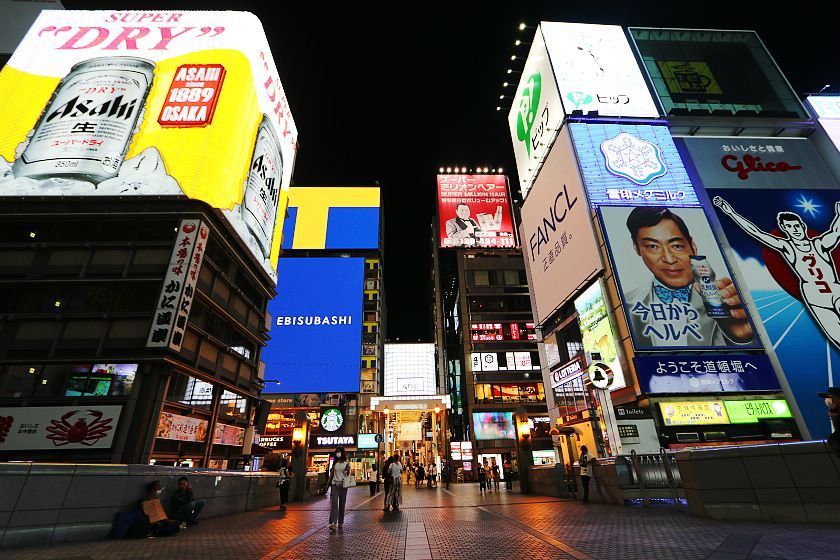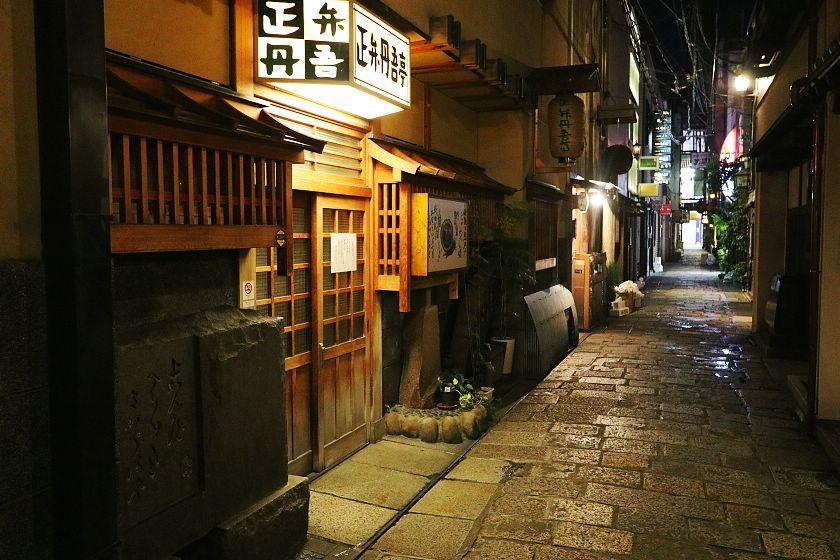Travel restarting: Osaka

With travel plans for many around the world still on hold due to the continuing coronavirus epidemic, I was hugely fortunate last week to be able to spend a few days in the Kansai area to check in on the state of travel in four of the most popular cities, beginning with Osaka.
Following the news that the first phase of the government's Go To Travel subsidy had already been used by over two million people in its first month, I was keen to see for myself how things were progressing in Japan's second largest metropolis, known not only for its importance as a political and economic powerhouse but also as an especially vibrant and exciting place to visit.
Arriving into Shin-Osaka Station on a tyically hot and humid day a little after the morning rush, I found the shinkansen gate noticeably quieter than usual but the subway platform as packed with commuters and visitors as ever. Perhaps due to a recent spike in the number of coronavirus cases, passengers appeared to be taking safety guidelines especially seriously and I don't recall seeing a single subway user without a face mask for the duration of my trip.
The Osaka Aquarium
For my first stop, I took the Midosuji and Chuo subway lines to Osaka's harbor district. Located just five minutes from Osakako Station, the Osaka Aquarium is one of the largest and most impressive in the world, and under usual circumstances a popular draw for visitors from all over Japan and beyond.
Arriving at the reception gate with no queue to speak of, my first thought was that it must be an especially quiet day. This turned out to be far from the case - rather, the aquarium's new policy of requiring reservations in advance with a set time had allowed them to carefully control the flow of visitors, while staff at reception worked quickly to avoid lines forming.
Inside, the aquarium was surprisingly busy, with lots of young couples and families with small children giving the place a warm and excited atmosphere. As always, the biggest hit was the 9 meter high Pacific Ocean tank, wowing visitors with its impressive range of animals including two enormous whale sharks!
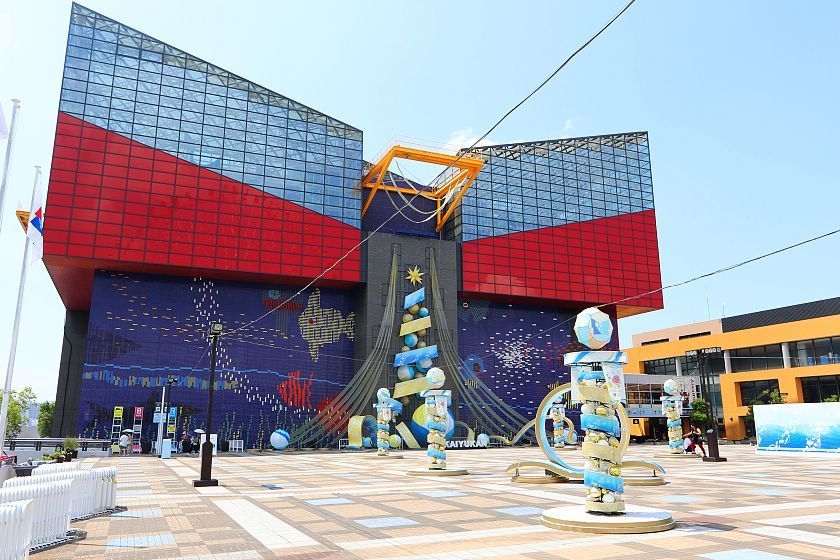
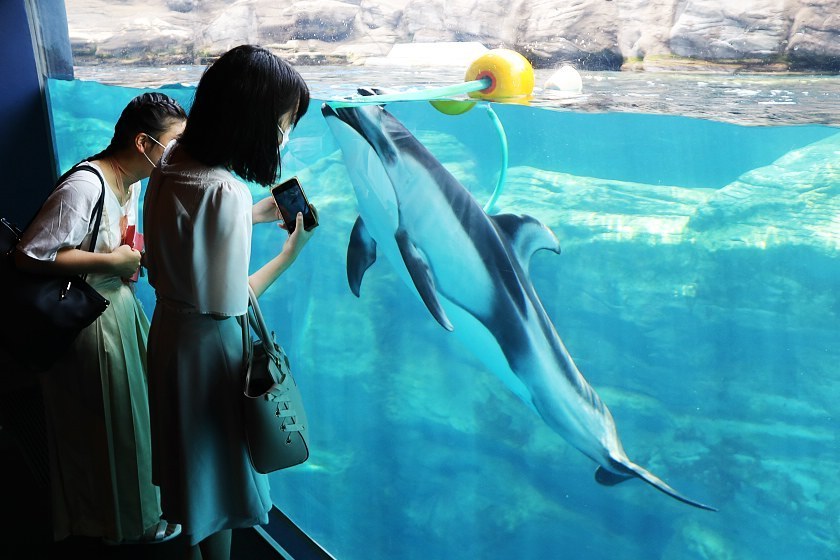

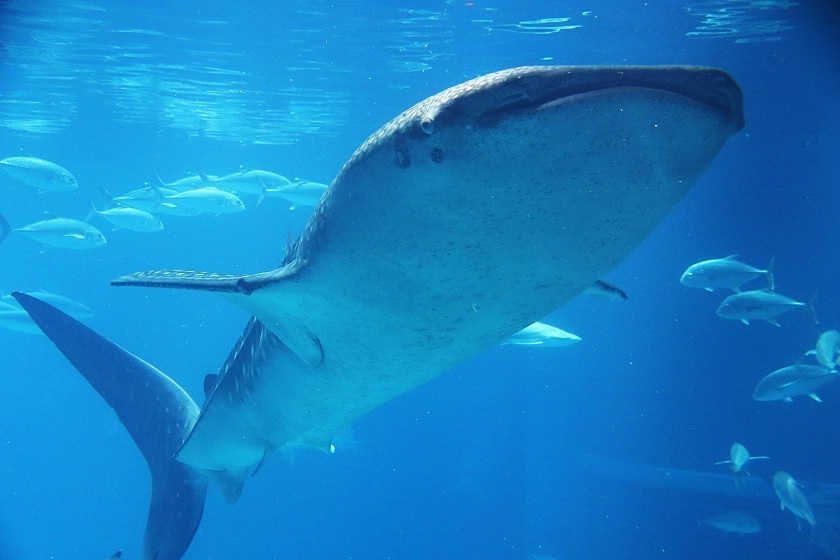
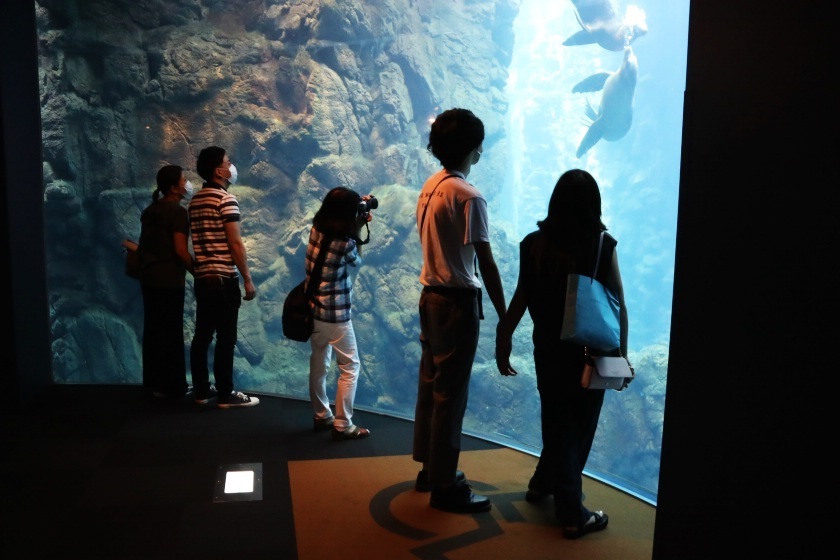
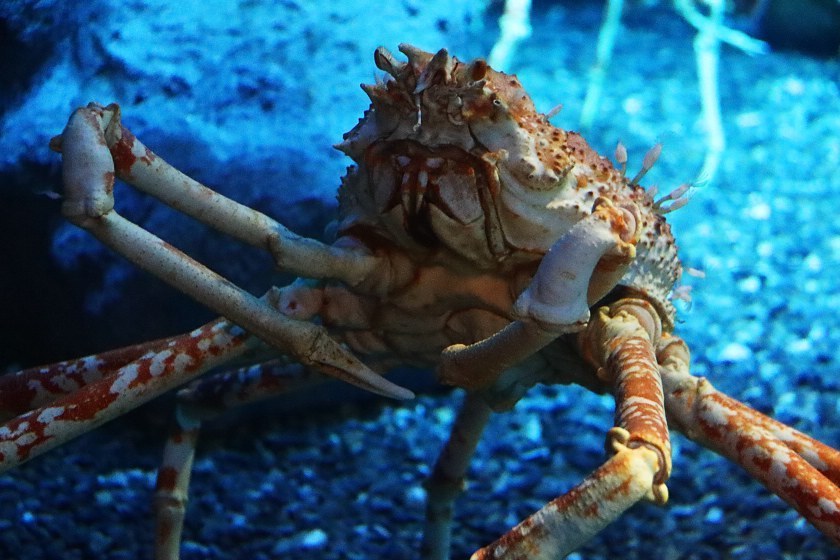
Takoyaki Park
After the aquarium, I retraced my steps to Osakako Station and took the Subway and JR Lines to Universal City, gateway to the popular Universal Studios theme park, located on the neighbouring artificial island in Osaka Bay.
The aproach to the park's entrance is a wide street lined with colorful restaurants and souvenir stores. Although certainly quieter than usual, it was a reassuringly normal scene with happy families and groups of young people wearing souvenir hats as well as face masks. Here I made my second stop of the day at Takoyaki Park - a sparkly new food court area with a range of stalls selling takoyaki - a classic Osaka snack of octopus meat fried in a ball of gooey batter, served with lashings of sweet, tangy sauce. Tasty, hot and very satisfying, the familiar dish always conjures happy memories of summer festivals and busy downtown streets from my own years living in the city.
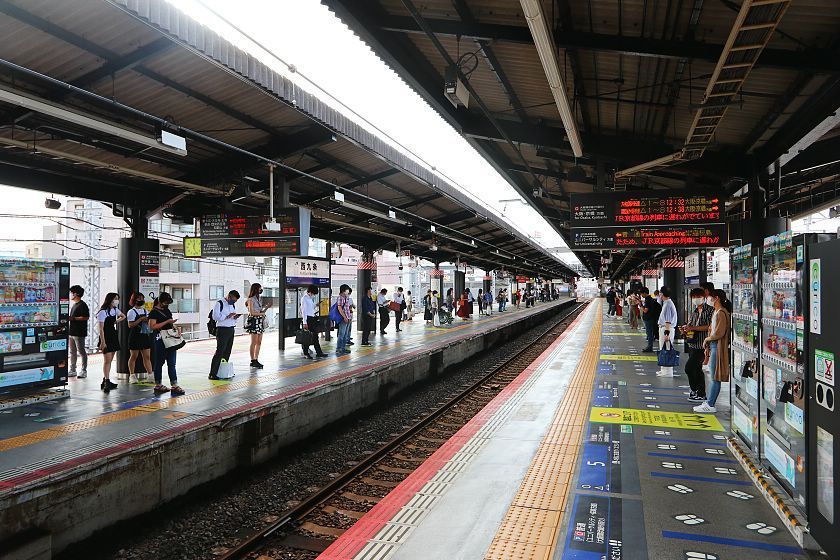
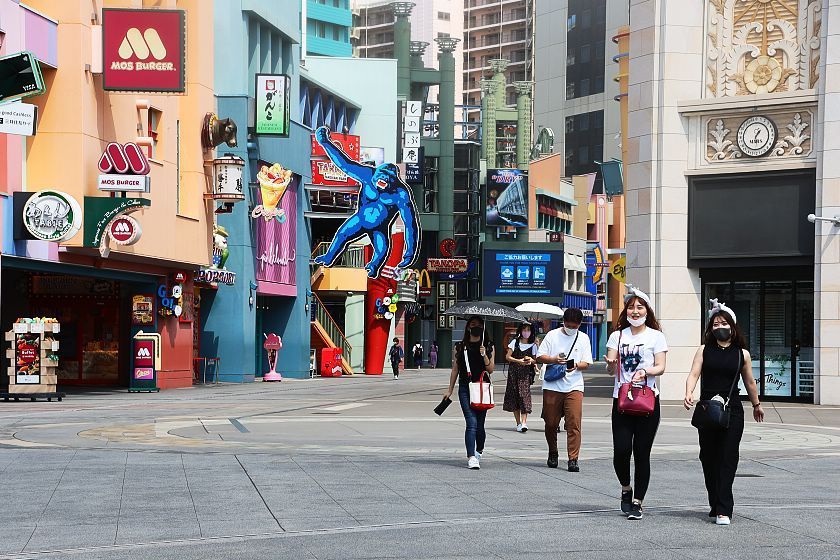
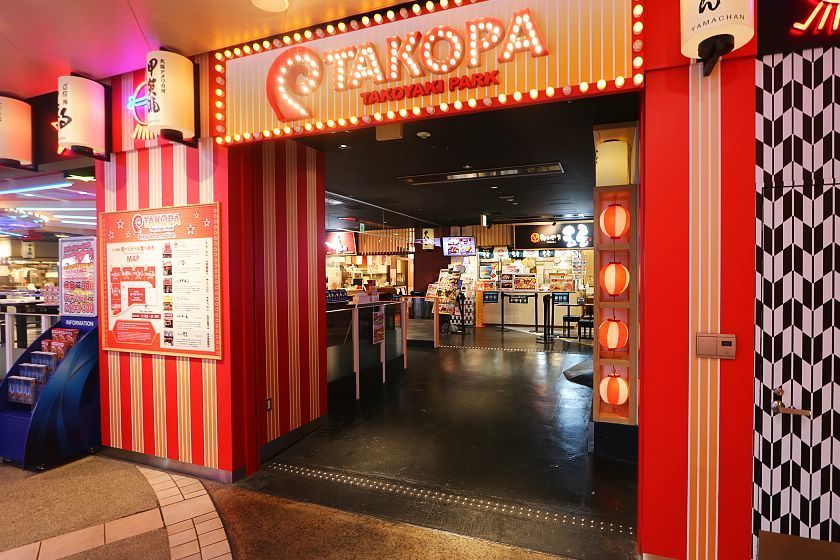
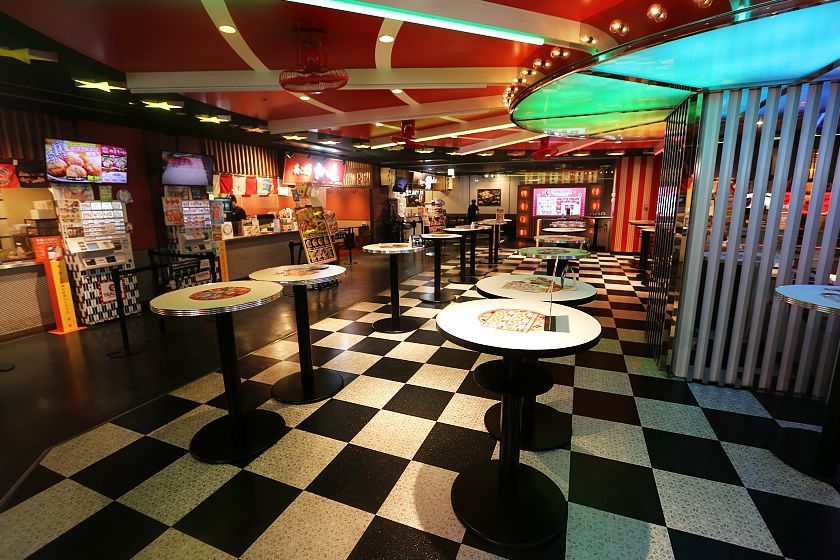

Abeno Harukas
From Universal City Station I took the JR Line south-east to Tennoji, one of the busiest transport hubs in the city. Emerging from the station through a throng of masked commuters, I looked up and was struck yet again by the dizzying scale of Abeno Harukas, Japan's largest skyscraper and the next stop on my list.
In the large reception area, I found the usual coronavirus precautions present and correct, passing social distancing floor markings and a sophisticated temperature scanner before entering an elevator, where I was distracted by a lightshow while hurtling upward to the building's top floor.
Lacking the press of other tall buildings, the view from the observation deck was astonishing and I spent a fun few minutes making my way way around, picking out familiar landmarks from the city far below.
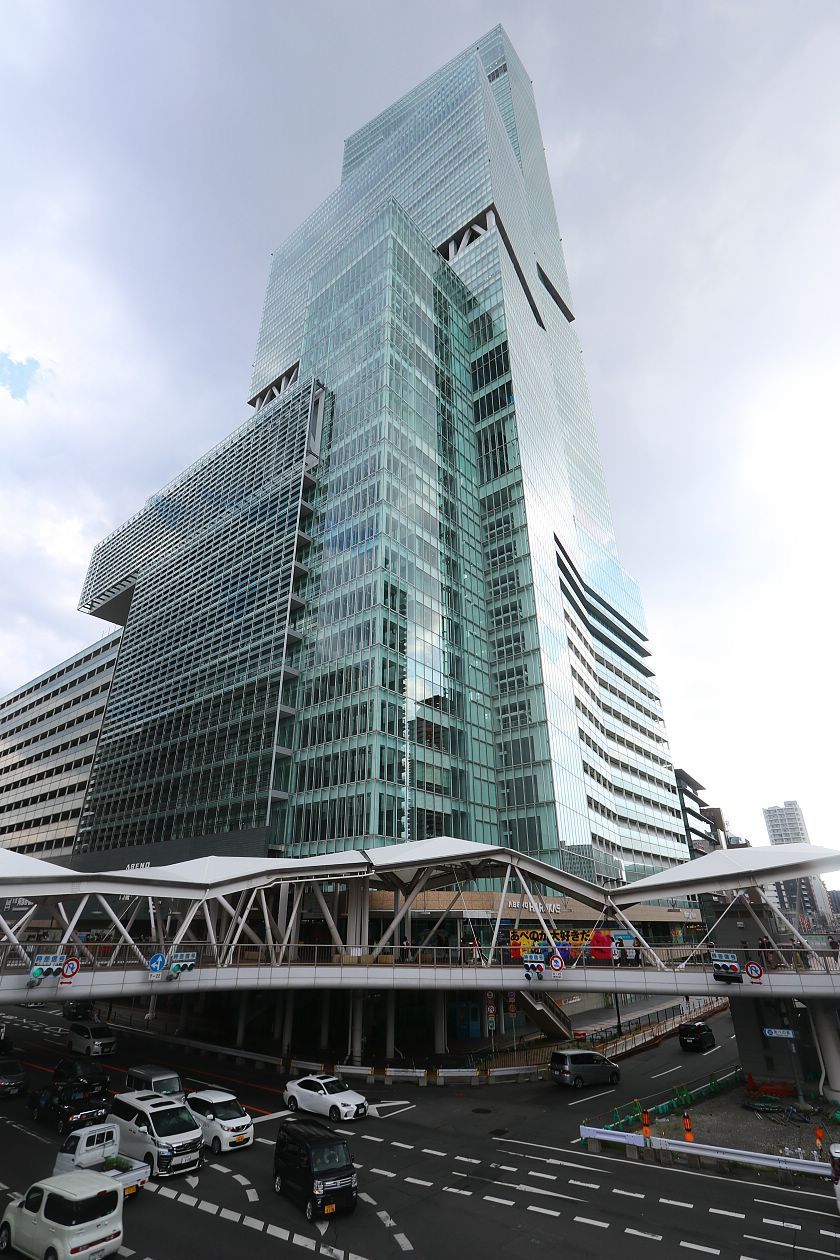
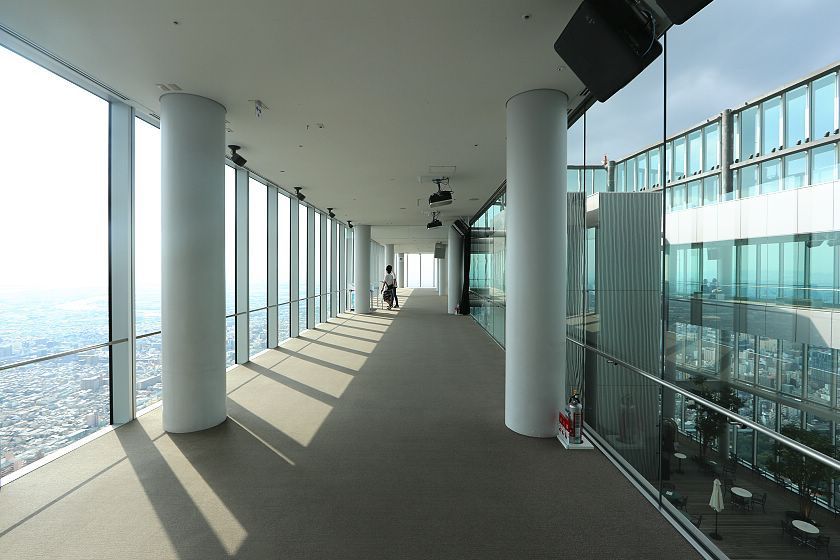
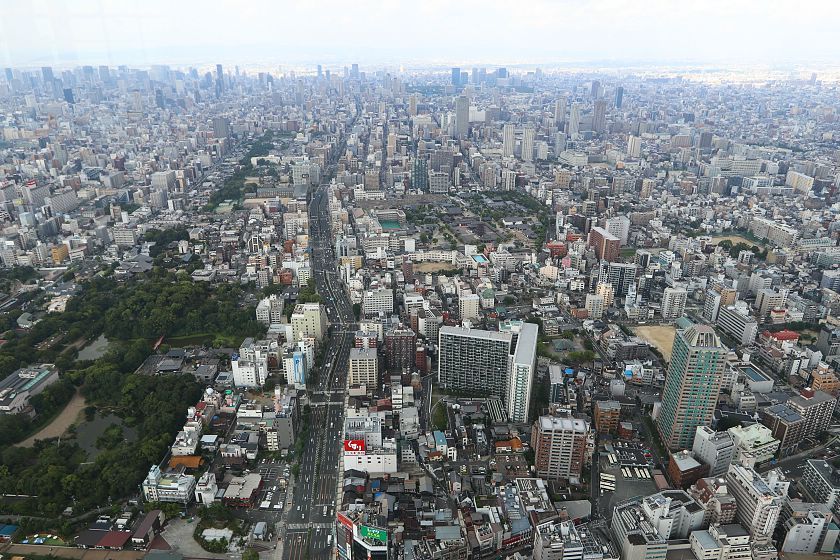
Osaka Castle
From Tennoji I took the Midosuji and Chuo subway lines to Morinomiya Station, emerging into Osaka Castle Park and the beginnings of a rainstorm, necessitating a quick dash past imposing stone walls to the shelter of its central tower.
Perhaps because of the rain, I saw only a handful of other visitors as I made my way through the grounds,
A concrete replica dating to the 1930's, the tower now serves as a museum with six floors of exhibits covering the life and times of Toyotomi Hideyoshi, the great siege of 1614 and an impressive collection of weapons, armor and interior fittings.
A viewing platform on the top floor offers a commanding view of the park and surrounding city blocks, while the interior walls are decorated with panels showing how the same view would have looked at the beginning of the 17th century.
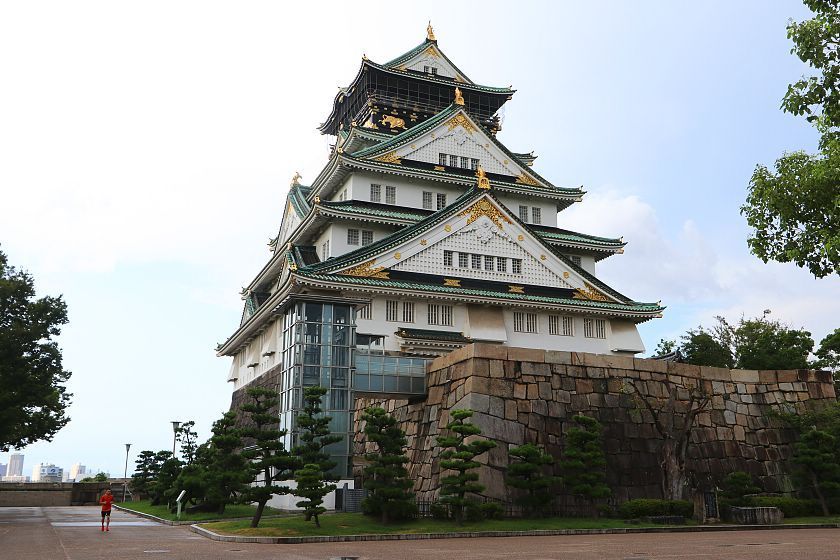


Grand Front
With the light beginning to fade, I made my way north to Umeda, one of the city's two major commercial hubs, to get a sense of how high street businesses were faring. A relatively recent addition to the Osaka skyline, Grand Front is an upscale shopping development spread across two towers just north of Osaka Station. Outside of the subway system, this was probaby the busiest area I visited all day, with a steady tide of shoppers flowing back and forth through the atrium.
While the large, futuristic mall's many stores varied in the strictness of their policies, every one I visited provided hand sanitizer and encouraged shoppers to use it before entering, and almost all displayed reminders about masks and social distancing.
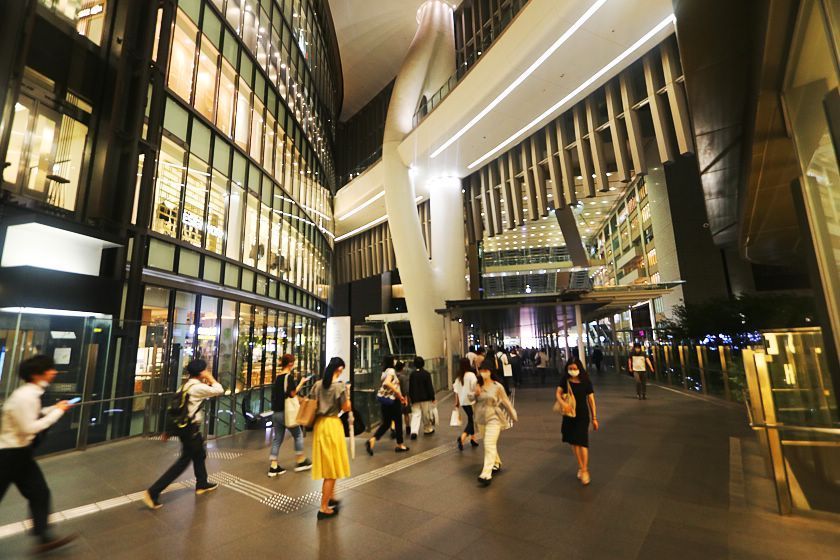
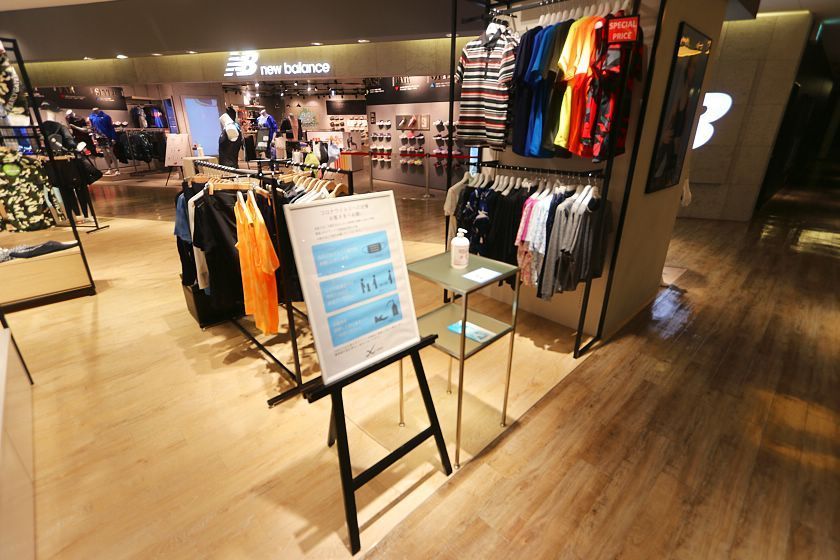
Namba
For my final stop of the day, I took the Midosuji Subway line south to Namba, a popular entertainment area surrounding the iconic Dotonbori Bridge. Here, the absence of foreign tourists was especially noticeable, with only a handful of passersby on the bridge and many of the usually buzzing streetfood stalls shuttered. The eery quiet continued as I explored the surrounding backstreets.
